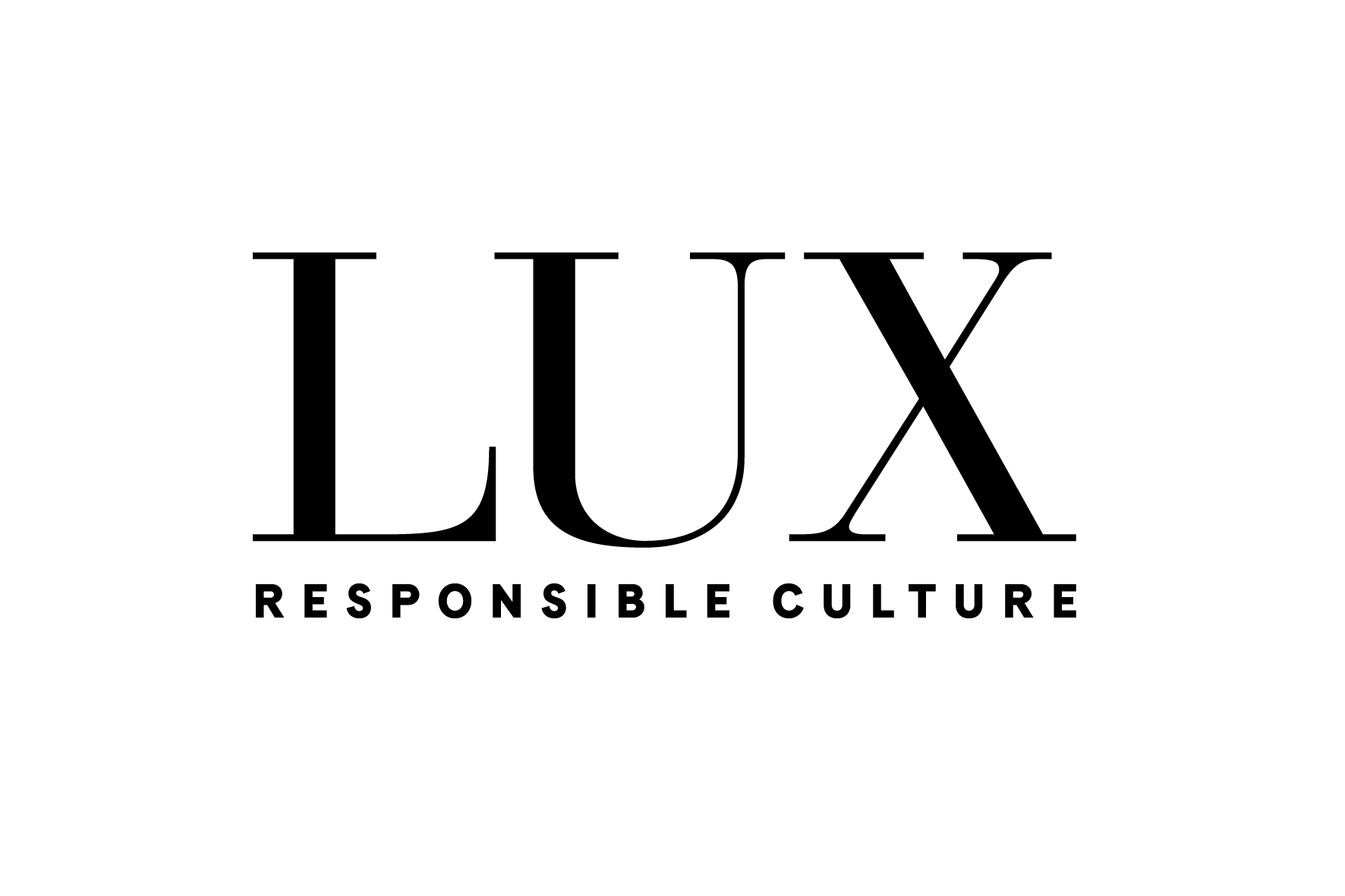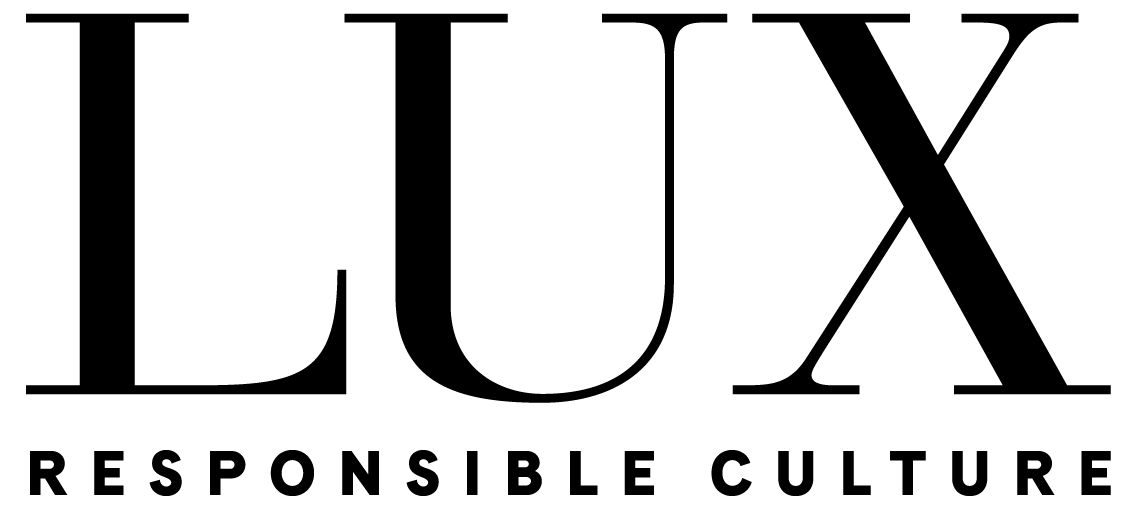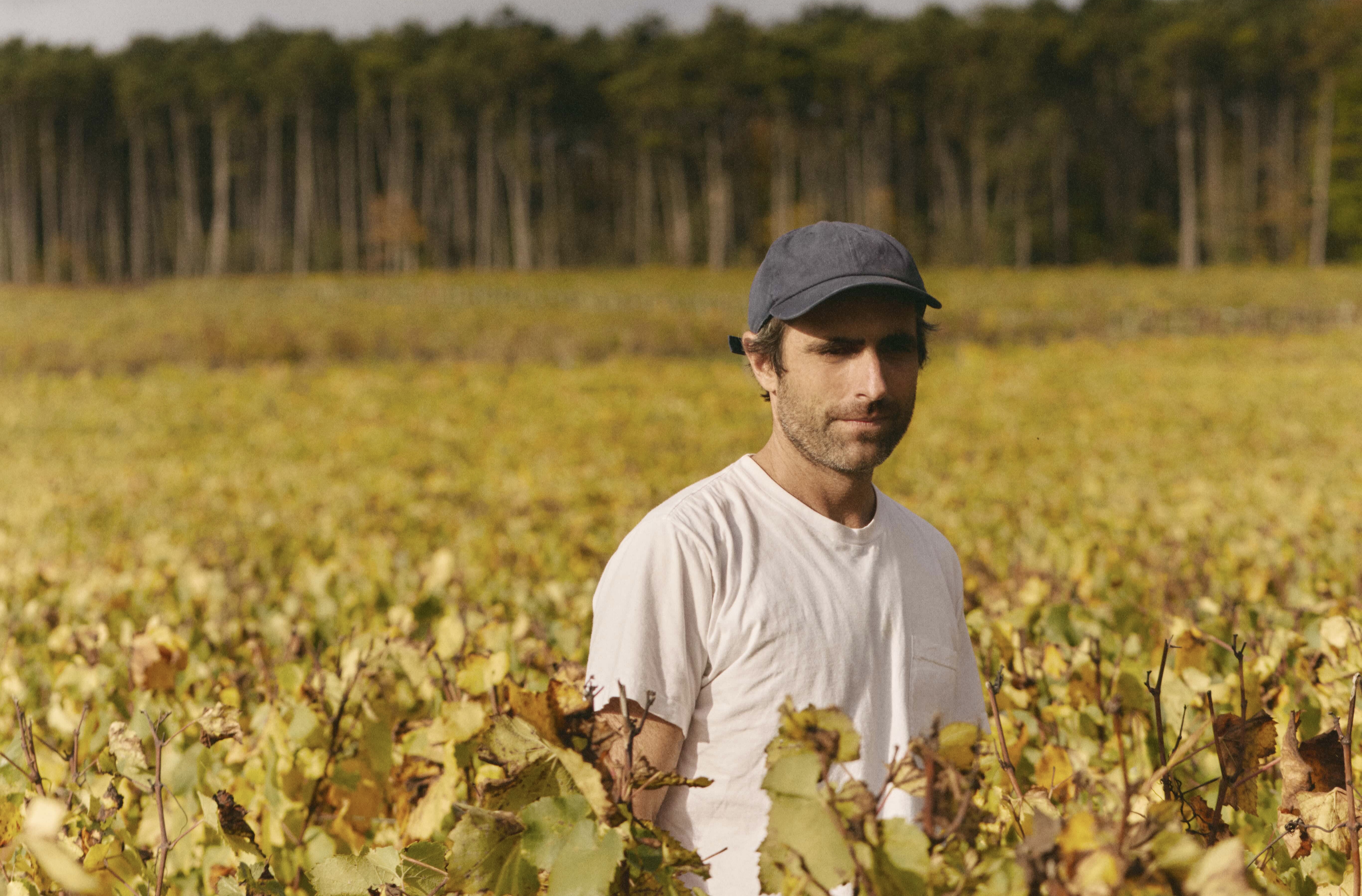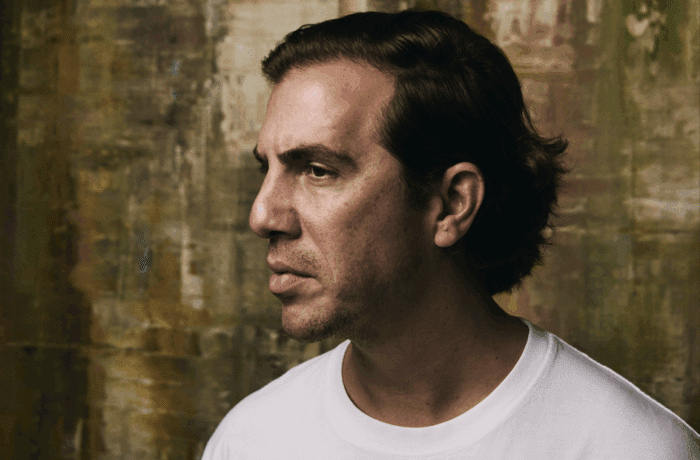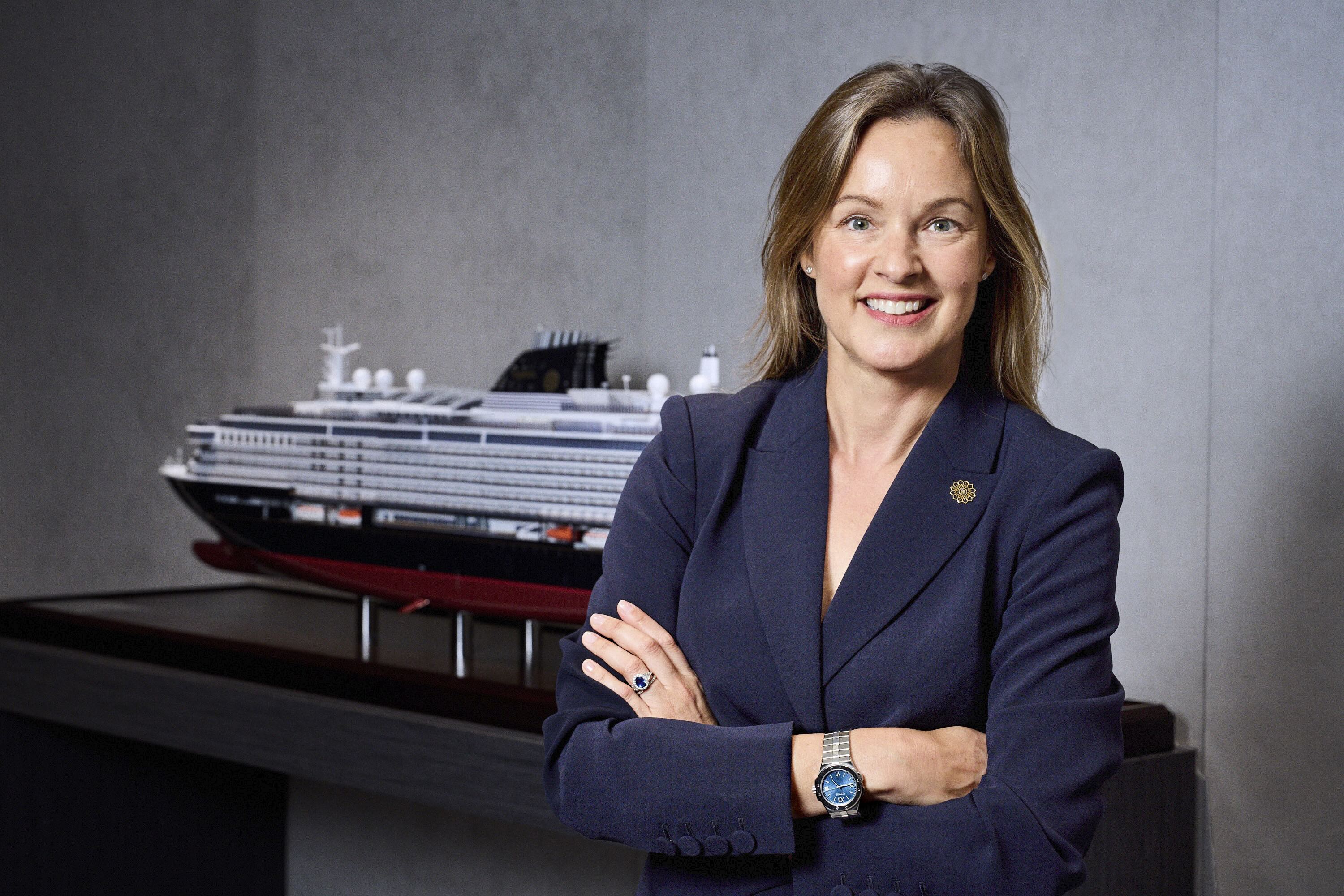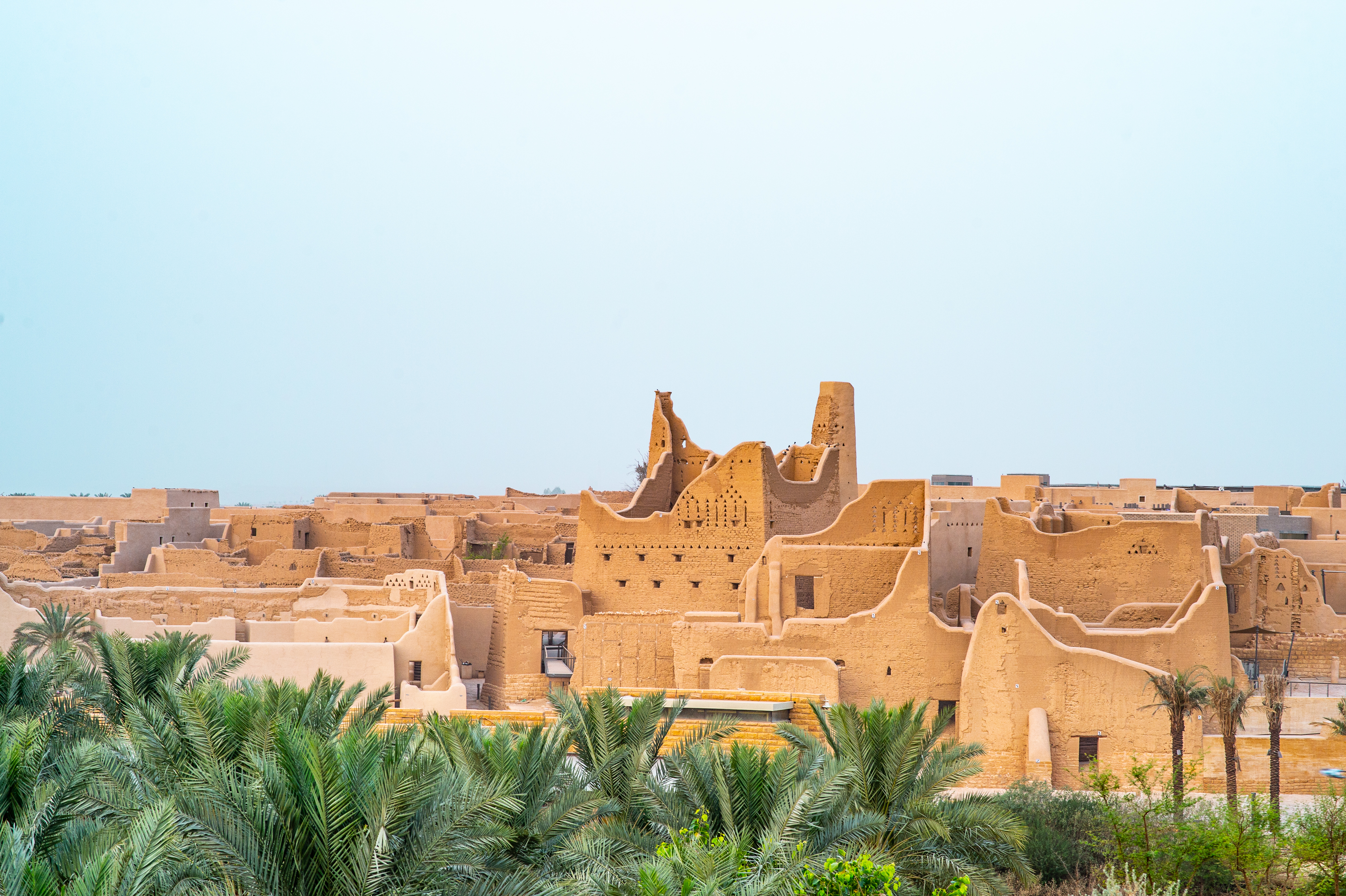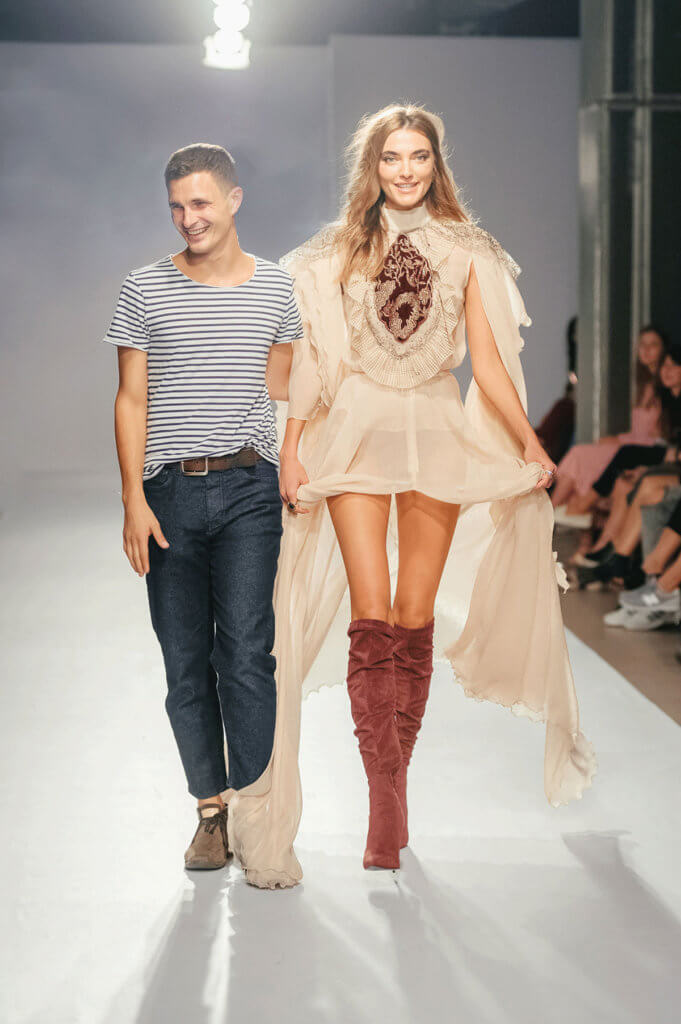
Czech based desinger Jiri Kalfar on the catwalk launching his Honey Bee collection at LFW
Czech based fashion designer Jiri Kalfar is known for challenging gender stereotypes through his fluid, vibrant designs. In 2015, NYLON named him as one of the hottest emerging designers to watch and his collections frequently grace the pages of Schön!, Tank, Harpers Bazaar and Vogue.it, yet the young designer is more concerned with protecting our planet than his blossoming fame. Millie Walton caught up with Kalfar after his LFW show at L’escargot to talk about theatre, honey bees and the future of sustainable fashion.
Millie Walton: You trained as a ballet dancer, how does that influence your approach to design?
Jiri Kalfar: It is hard to say. I grew up in the theatre. It has been a massive part of my life and I think it actually influences me without even me thinking about it. It is part of me, and therefore part of my work and my design. It is more about a character though. When I design, I do not see the everyday woman hidden and following the crowd. Quite the opposite. I like to give a story to a person. To add to its character and a personality. I love variety and I don’t really understand minimalism. It bores me. Life is a show. Each of us is an individual character with different personal style.
Follow LUX on Instagram: the.official.lux.magazine
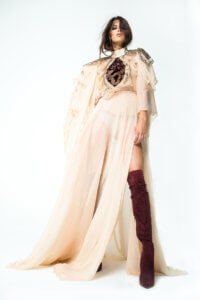
The Honey Bee S/S18 collection
MW: How would you describe your aesthetic?
JK: Unique. Out of the box. What I do, doesn’t really fit into any box. It is not a street-wear, not (yet) a haute couture, not office wear. Yet, you can wear it for any occasion. It is only up to you, how decide to wear it. What to add to it. What to hide. What size to choose. I like to play. And I love seeing people styling my clothes in different ways. It is the biggest satisfaction.
MW: Which fashion designers do you find most inspiring and why?
JK: There are three whose work and style I admire. Their legacy or how they are approaching fashion, On the top there would be the ultimate king, Alexander McQueen followed by Vivienne Westwood and John Galliano. Strangely they are British. Oh, and Dries Van Noten too.
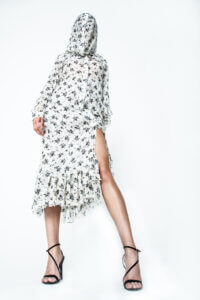
The Honey Bee S/S18 collection
MW: In past interviews you’ve talked about your interest in theatre, do you think about particular characters when you’re designing? Does that change from garment to garment or collection to collection?
JK: Yes, actually. I like to create a character, a living soul. It can be anybody. But the game is to transform yourself. Into a tsarina, a king, a goddess, a pirate .. for every day or just to glam-up . But still be yourself.
We all wear costumes in some way. A costume which we would bland in into a society. And I like to do the exact opposite. A clothes which would enhance your personality. Society blends into you. Because you are confident enough. Fearless.
Read next: Burberry’s celebrates social portraiture and British spirit
MW: Your S/S18 collection takes influence from honey bees, why bees?
JK: It is an ecological message actually. I fear what our generation does to this planet. What our legacy will be for generations to come. What will happen to the animals, to the North pole and the oceans. What will be the aftermath of our action.
I am aware I can not save the planet by doing that. I am not naïve but I believe each of us has a voice and can do something to make the world better. So the inspiration for this collection is very simple : Save The Bees! Because they are dying due to the changes of the ecosystem. And without the bees, there is no future, I am afraid.
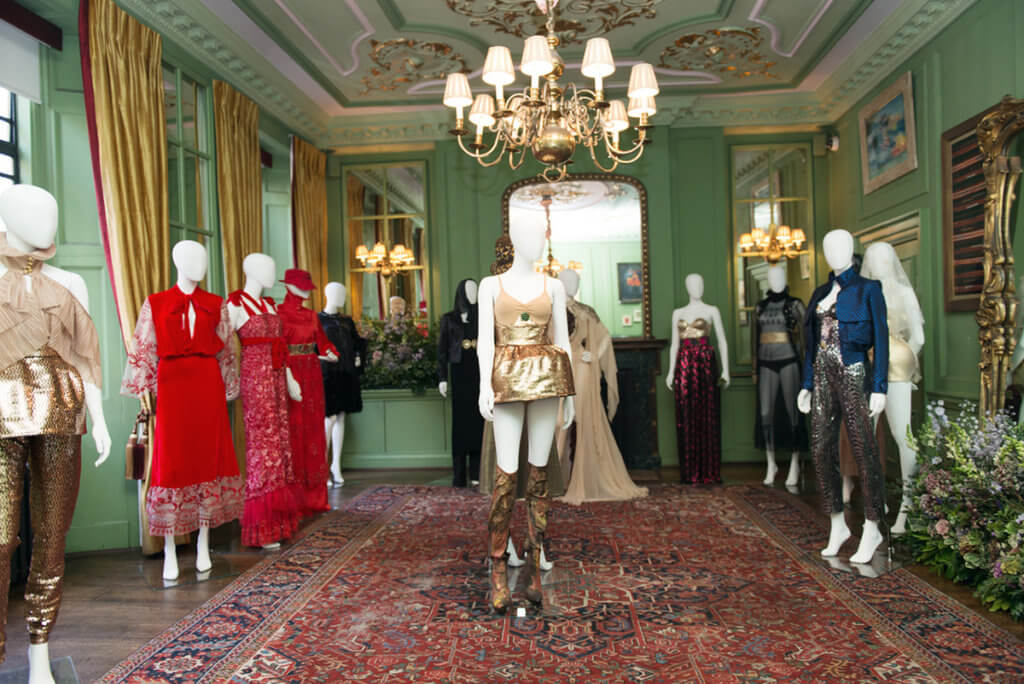
Jiri Kalfar London Fashion Week 2017 exhibition at L’escargot
Millie Walton: How do you ensure that all of your clothes are manufactured sustainably?
Jiri Kalfar: All my clothes are done ethically, in my studios in Prague. We make everything there. Therefore I know we do not over-produce, which means that the pollution is absolutely minimal. And so is the waste. All my collections are generally zero-waste. Even if we don’t use all the material in one collection, I will use it in the next one or the one after. It is important to me.
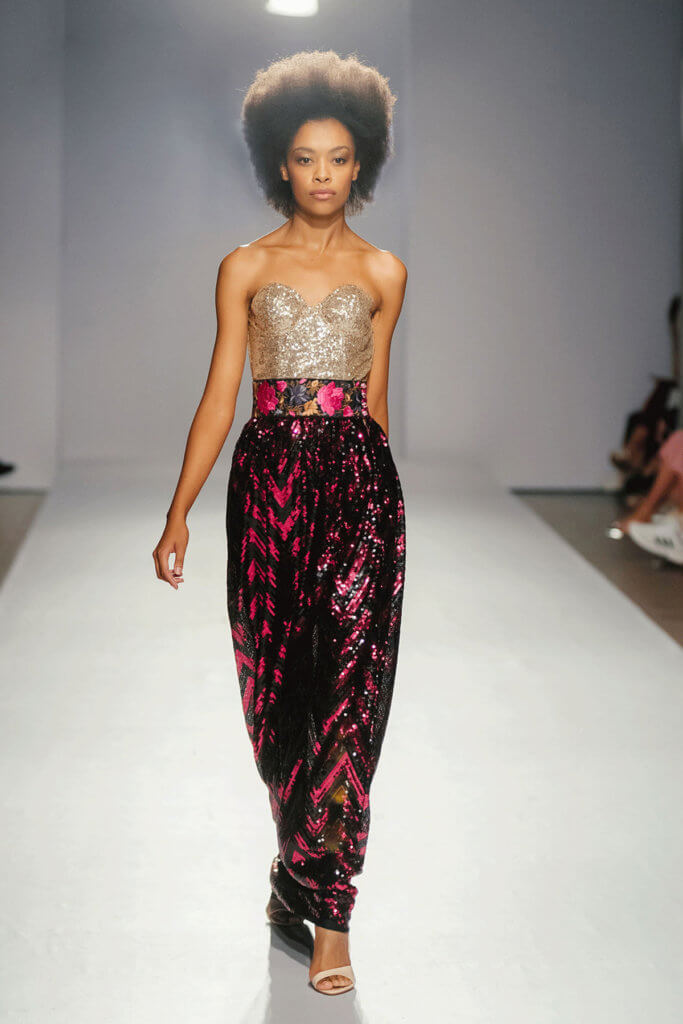
Jiri Kalfar London Fashion Week 2017 catwalk show
MW: Do you think that the luxury world is becoming more aware of environmental concerns and what does that mean for the fashion industry?
JK: I hope so. I like to think there will be big boom of sustainable fashion soon. Same as really happened to the food industry. The luxury there is actually to grow your own food or to buy organic. No fast food but slow food. Time became important. The quality over quantity. To know where your dinner comes from. Maybe the same will happen with fashion. To know the journey of a product from the beginning to end. To understand the ethicality and importance of a truly crafted piece. Of its value. The luxury doesn’t really mean money in this case, it means knowledge and consciousness.
